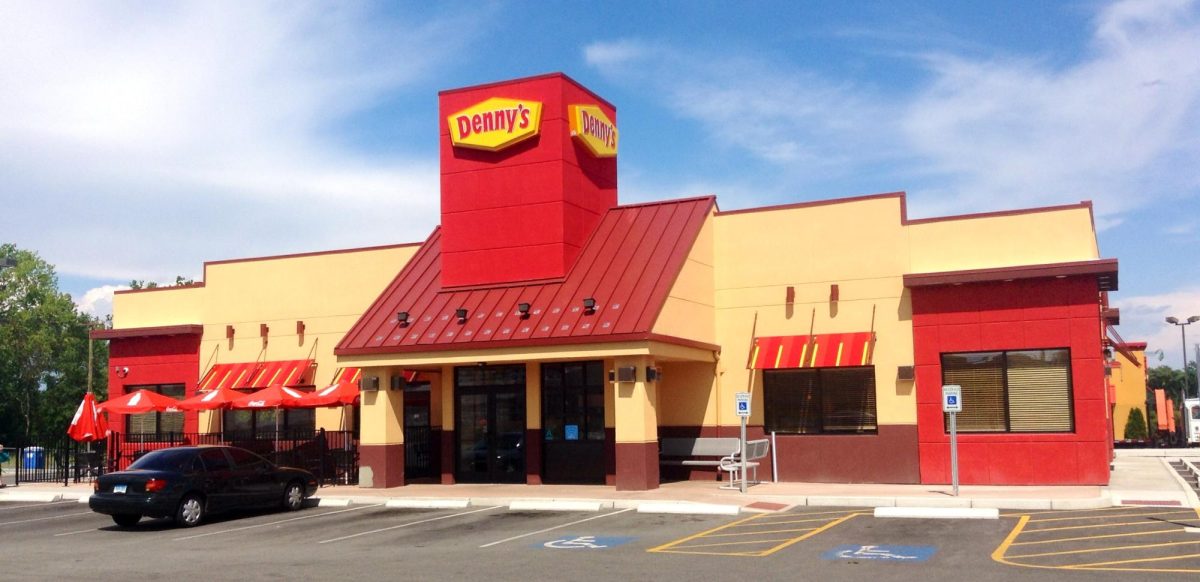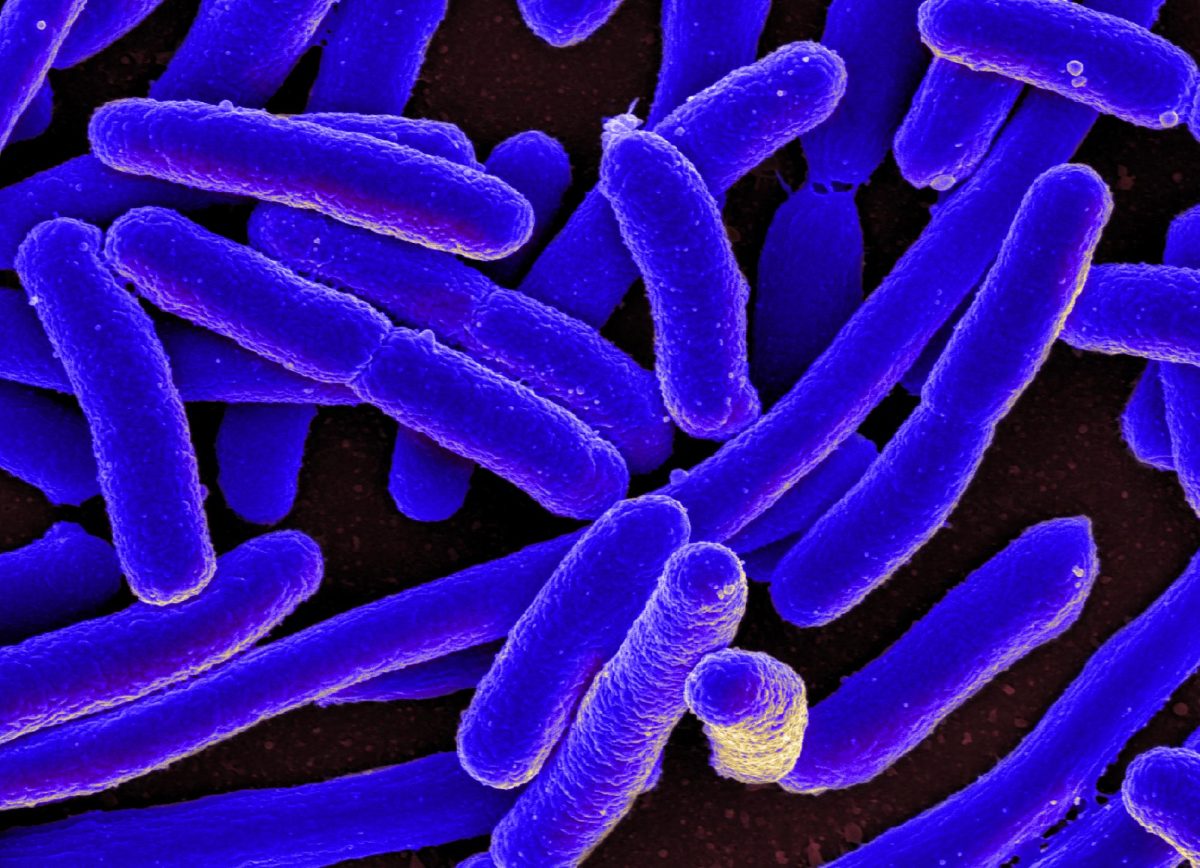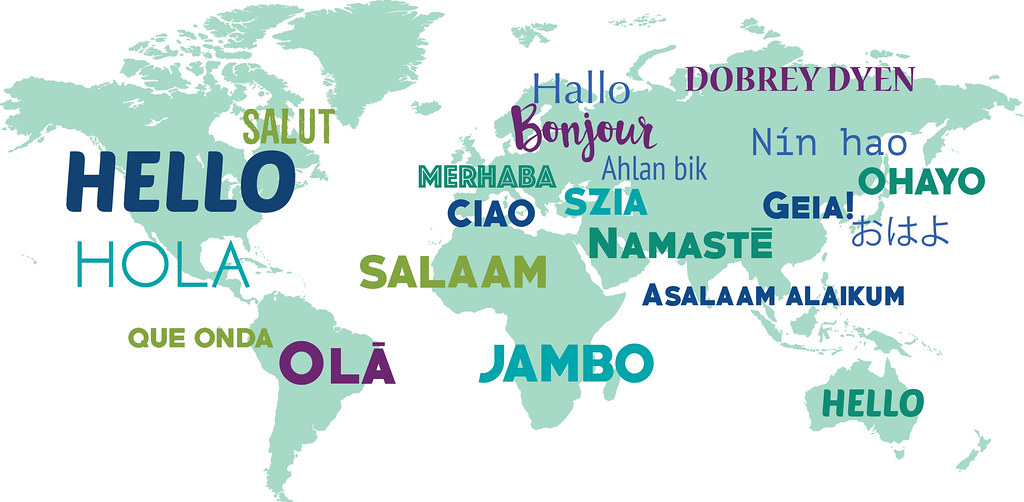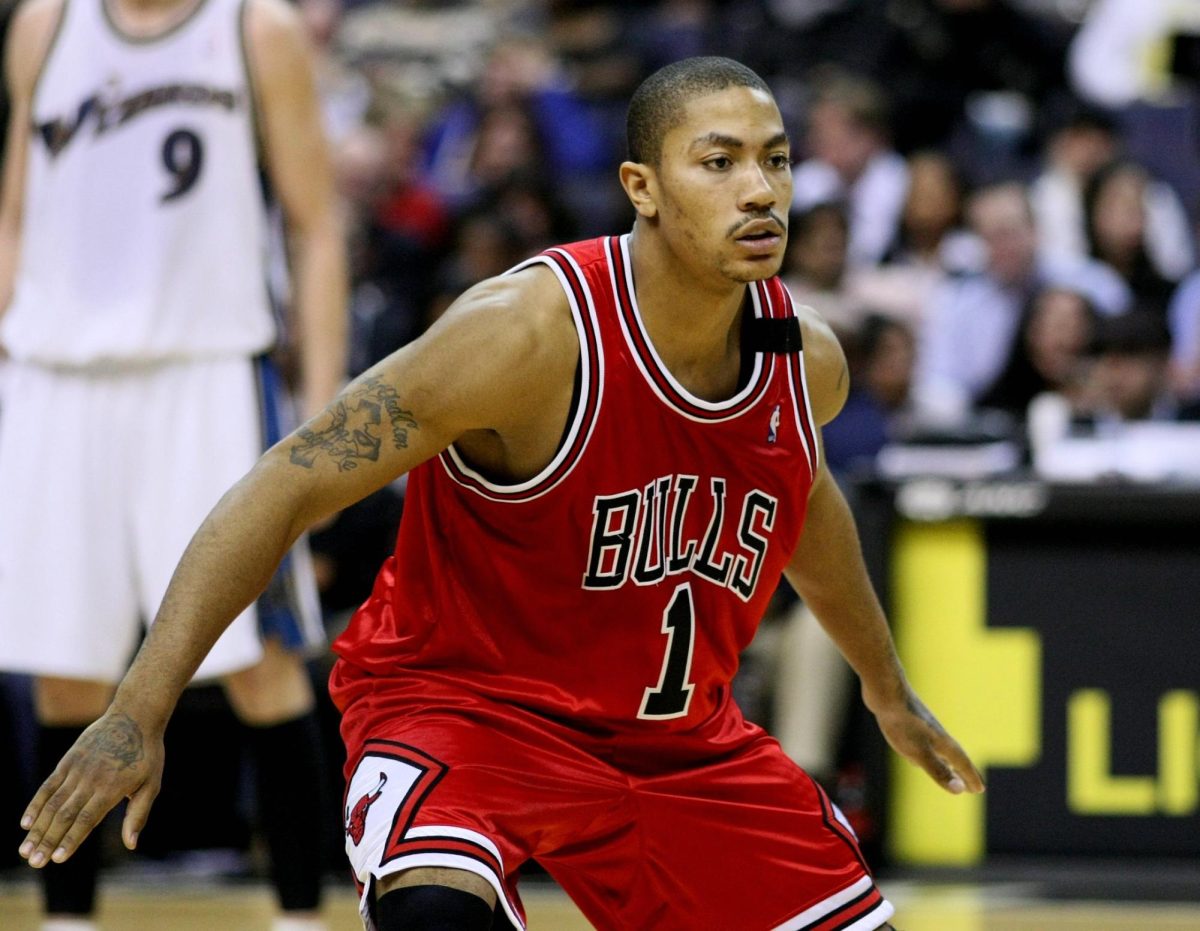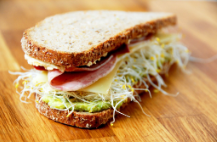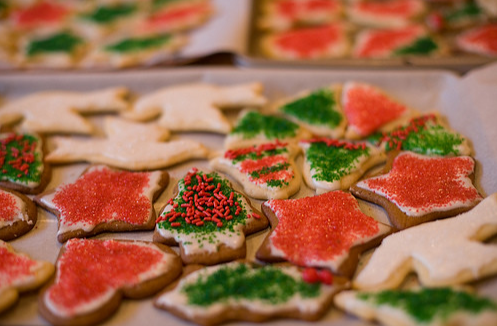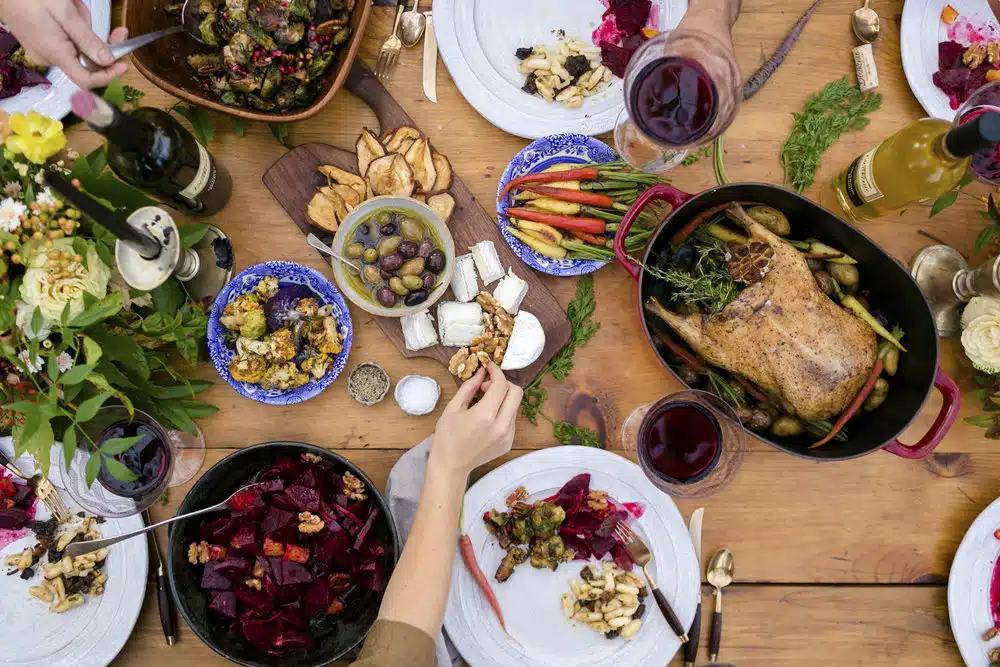As the leaves are starting to fall and the weather starts to turn, there are countless winter based holidays that are just around the corner. No matter what it is you celebrate, they often contain the same base principals: Family gatherings, celebrations or honoring others, and, in most cases, food.
For many people, holiday cooking can be one of the most enjoyable parts of the entire season. It’s a great excuse to get the family involved in helping prepare the table, taste test ingredients and eat a bit of pastry dough. Yet that begs the question, what kind of foods are highlighted the most during this time of year? For this article, we’ll be focusing on three major winter holidays, Christmas, Kwanzaa and the Winter Solstice. I’ll be picking out a select number of foods from each celebration and highlighting them in their respective categories.
Kwanzaa
Kwanzaa, a winter based holiday, will be celebrated between the dates of December 26th and January 1st this year. It originated as an African American and Pan-African holiday back in 1966 and focuses itself on seven principals. The root language of Kwanzaa comes from the Swahili language to maintain the cultural importance of the holiday. It celebrates familial and historical remembrance and love for African American and Pan-African heritage through communal activities and family activities.
On the sixth day of Kwanzaa, December 31st, the holiday calls for a feast. It’s named Karamu and, though the feast does not call for any specific food, there are some traditional choices. For example, candied yams, plantains, traditional macaroni and cheese, and fried chicken are usually present at the Karamu dinner. A lot of these things can be considered very filling, pleasant and warm foods to eat. These dishes are perfect for bringing together a family to celebrate Umoja, the Swahili word for unity, and the winter season.
Winter Solstice / Yule
Winter Solstice, which is celebrated on December 21st, highlights the time in which the sun is furthest away from the Northern Hemisphere. It’s known for being the “shortest day of the year,” when in actuality it is the day that has the least amount of sunlight. To some, such as Pagans, this is a time to celebrate the end of autumn and the start of winter. Also known as Yule in some places such as Sweden and Germany, it can also be celebrated through a battle reenactment. It is a battle in celtic traditions between the Oak King, who represented light, and the Holly King, who represented darkness. Ways this battle is honored are to stay awake all night and view the dawn of the next day and, of course, a feast.
Oftentimes, Yule is celebrated with the use of hearty foods, such as meat, warm ciders, pot roasts, and ales. They tend to stick to the gruff yet filling meals of what would be expected in the cold nordic areas by warming people up from the inside out. It’s a holiday rooted in lots of mythology and lore, making it one of the more mystical, yet equally as intriguing, festivities celebrated at the end of the year.
Christmas
One of the most well known winter holidays, Christmas is a Christian centric celebration that highlights the birth of Jesus Christ. To many Christians, Jesus Christ is known as the son of Mother Mary and the Holy Spirit which, in this case, is God. It’s believed that Jesus Christ did everything he could to care for the sick and help the ostracized, being seen as someone who loved all people unconditionally. As such, many Christians see Christmas as a time to praise Jesus’s birth and celebrate the kindness he sparked, usually through the form of presents and the season of giving.
Christmas has since grown in scale and can be celebrated by multiple people for a various number of reasons. To some, they prioritize Jesus Christ himself during this time. Others see Christmas as a time to be kind to their friends, family and neighbors by giving without expecting anything in return. Some fall on the scale between the two. No matter why it’s celebrated, food tends to be a major factor of Christmas Eve.
Some iconic meals to include in the festivity are roasted turkeys, potatoes, green bean casseroles and, oddly enough, cranberry juice. Some will choose to add in baking for the tradition, such as Christmas sugar cookies or gingerbread to add a hint of sweetness to it all. Some will even leave out a carrot for the reindeer of Saint Nicholas, a Christian bishop known for his kindness who is sometimes rumored to come out on Christmas Eve and litter the world with gifts.
Overall, winter can be seen as a time for celebration for a multitude of reasons. It could be for the heritage of themselves, the change in seasons, the victory of a battle, or the essence of simply sharing, it’s a time where people are brought together. With that being said, no matter what it is that somebody chooses to highlight, may all be surrounded by loved ones, showered with a sense of belonging, and fed the most delicious of meals this holiday season.


